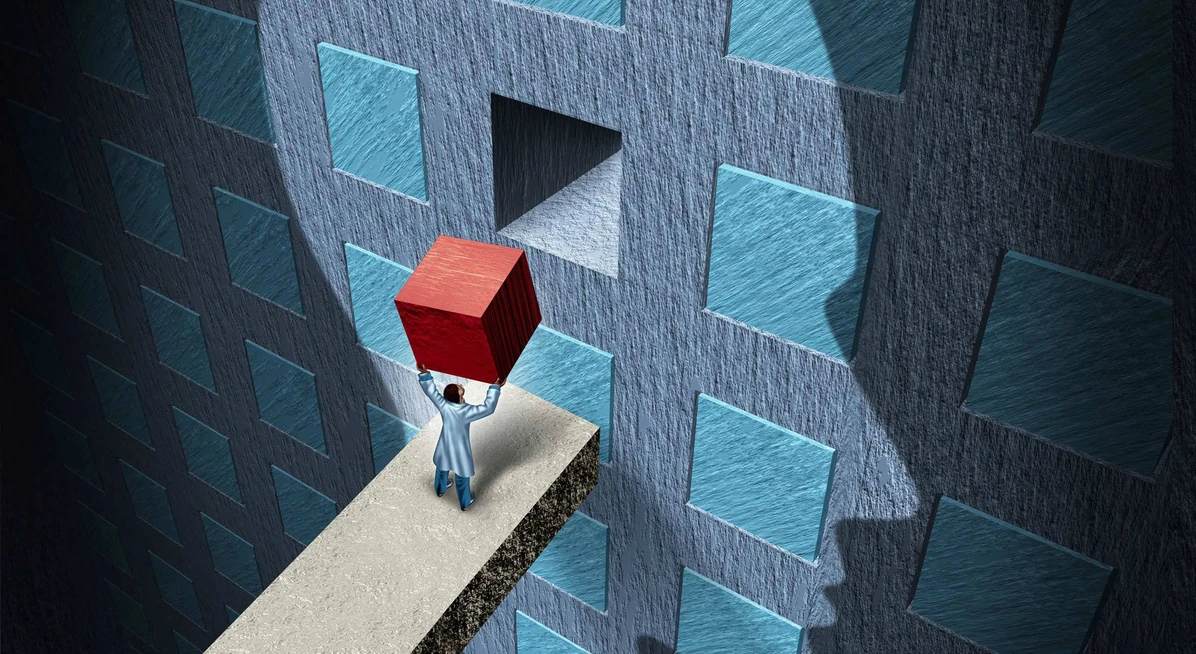Series: Addressing the Overuse of Segregation in U.S. Prisons and Jails
Mental Health Units as Alternatives to Segregation
It Can Be Done
“For [the already mentally ill], placing them in [segregation] is the mental equivalent of putting an asthmatic in a place with little air to breathe.” —Federal District Court Judge Thelton Henderson, Madrid v Gomez, 1995
Since Madrid v Gomez in 1995, the placement of people with serious mental illness (SMI) in segregation has become the centerpiece of litigation against correctional departments in the United States. To date, courts have mostly rejected the argument that placement in solitary confinement as a punitive sanction is unconstitutional, but they have consistently ruled that placing people with SMI in solitary confinement is cruel and unusual punishment, a constitutional violation. In most cases, the ruling results in an agreement between both parties to identify methods that will ensure seriously mentally ill people are not placed in segregation.
In its 2016 position statement, the National Commission on Correctional Health Care (NCCHC) posited that prolonged solitary confinement is cruel, inhumane, and degrading treatment; harmful to an individual’s health; and that mentally ill individuals (as well as juveniles and pregnant women) should be excluded from solitary confinement of any duration.
At NCCHC’s spring conference in May, as part of an educational presentation on using mental health units as an alternative to segregation, I discussed one relevant case: Disability Law Center v Massachusetts Department of Corrections (DOC), filed in 2007. Correctional agencies continue to struggle with how to create and manage such units, and this presentation was provided to illustrate how it can be done for a large correctional department.
As MHM Correctional Services, Inc.’s clinical director for the state of Massachusetts after the litigation was filed, I was in the fortunate position to work with the DOC in the development and implementation of alternatives to segregation for incarcerated people with SMI, a subject I had researched, written on, and advocated for throughout my career.
The first step was to develop a comprehensive but effective definition of SMI. Under our definition, specific diagnoses, including psychotic disorders and major mood disorders, automatically result in an SMI designation; for people with those illnesses, placement in segregation—even short-term—significantly increases the risk of acute symptoms. Some correctional departments have tried to adopt a definition that links functional impairment to these diagnoses for the individual to be designated as having an SMI. As a result, a person with schizophrenia who is being successfully treated and not exhibiting active psychotic symptoms would be placed in segregation if the individual incurs a disciplinary infraction that would result in such placement. Adopting such a position is not recommended as this will likely result in harm to this group of patients. Whenever a patient meets criteria for these diagnoses, he or she should be designated as SMI and automatically diverted from segregation regardless of his or her functional impairment.
The definition in Massachusetts also includes several other disorders: those commonly characterized by breaks with reality or perceptions of reality; developmental disability, dementia, or other cognitive disorders; or personality disorders manifested by episodes of psychosis or depression, when those disorders lead to significant functional impairment involving acts of self-harm or other behaviors that have a seriously adverse effect on life or on mental or physical health.
We also designed two treatment units as alternatives to long-term segregation for people with SMI: a Secure Treatment Program (STP) for the “traditionally” mentally ill (those with schizophrenia, bipolar disorder, etc.), and a smaller Behavior Management Unit (BMU) for patients who are psychopathic or have a severe personality disorder. Those populations have different issues and different needs; therefore, the units employ different interventions. (I provide a detailed description of how to implement such a program for psychopathic people in a correctional setting in “Psychopathy: Assessment, treatment, and risk management,” Handbook of Violence Risk Assessment and Treatment: New Approaches for Mental Health Professionals.)
For the mentally ill patients, the STP emphasizes supportive therapy, medication, insight into mental illness, and relationships with staff and other offenders. For the psychopathic patients, the BMU utilizes behavior management, clearly defined incentives and consequences, strict adherence to rules, and staff consistency.
Both units employ multidisciplinary treatment teams to address mental health needs. Progress requires programming; therefore, each patient is scheduled for at least 15 hours of structured out-of-cell programming and 10 hours of unstructured out-of-cell activity each week. Both units operate under a point-based incentive system, using a stepwise plan for increasing incentives based on behavioral stability. Each week, patients can select incentives from a menu of options based on points earned for pro-social behavior.
In the nine years since we created these units in Massachusetts, we have shown that providing quality mental health treatment to SMI patients as an alternative to segregation in a safe and secure setting is possible. We have realized significant reductions in the number of assaults on staff, assaults on other incarcerated people, days on suicide precautions, and days in an inpatient psychiatric setting. These findings illustrate how such an approach improves patient outcomes, decreases negative clinical and legal outcomes, creates safer institutions, and is cost effective. Furthermore, it is the right thing to do!
